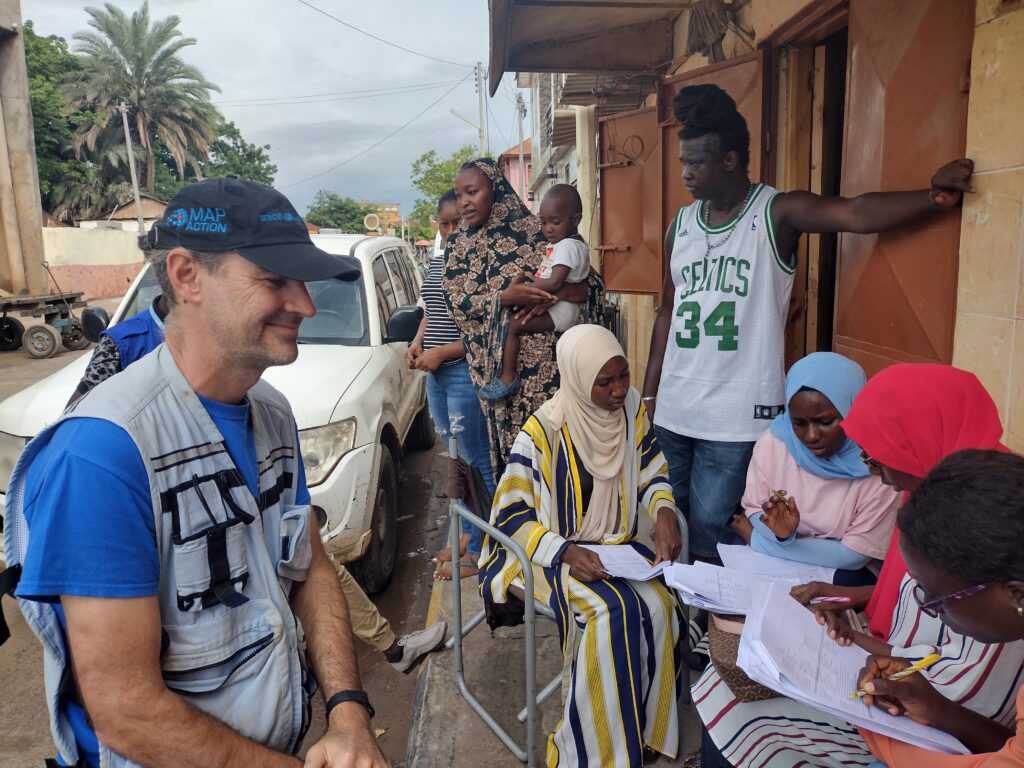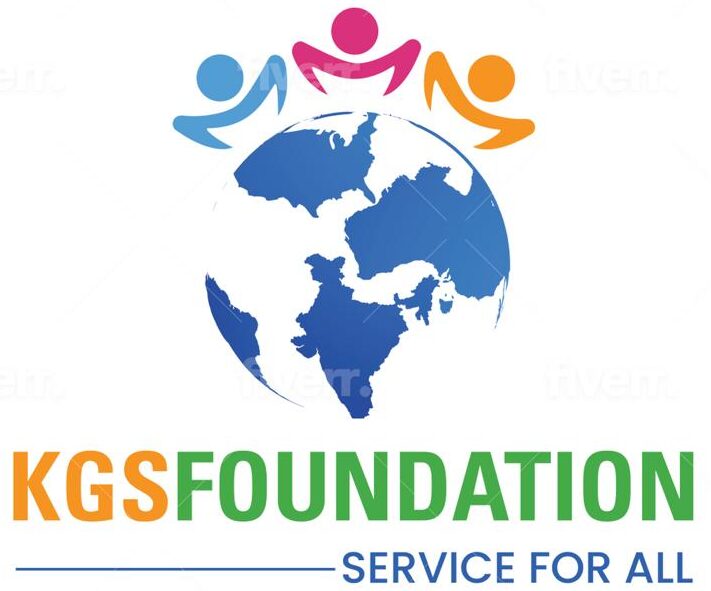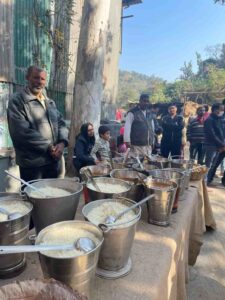Introduction:
In times of disaster and crisis, communities are often the first responders, mobilizing resources, providing aid, and supporting those in need. Community-led disaster response emphasizes the importance of local knowledge, expertise, and networks in guiding relief efforts and ensuring an effective and sustainable response. In this article, we will explore the principles of community-led disaster response, highlighting the vital role of communities in shaping relief efforts, sharing insights from research articles, and showcasing successful examples of community-led initiatives.
The Importance of Local Knowledge and Expertise:
Communities possess invaluable knowledge of their environments, resources, and vulnerabilities, making them uniquely positioned to respond to disasters effectively. Local residents understand the geography, infrastructure, and social dynamics of their communities, allowing them to identify risks, assess needs, and coordinate response efforts in a timely and contextually appropriate manner.
Research Article: Patel, S. S., et al. (2017). “Local knowledge and adaptation to climate change in the Himalayas.” Journal of Ethnobiology and Ethnomedicine.

Principles of Community-Led Disaster Response:
- Empowerment: Community-led disaster response prioritizes the empowerment of local residents, enabling them to take ownership of relief efforts, make informed decisions, and mobilize resources according to their needs and priorities.
- Collaboration: Effective disaster response requires collaboration and partnership between communities, local organizations, governments, and humanitarian agencies. Community-led initiatives foster collaboration by leveraging existing networks, building trust, and promoting open communication channels.
- Participation: Meaningful participation of community members in decision-making processes ensures that relief efforts are responsive to local needs, preferences, and cultural norms. Engaging community members as active participants fosters a sense of ownership and accountability, leading to more sustainable outcomes.
Successful Examples of Community-Led Disaster Response:
Kerala Floods (2018):
- During the devastating floods in Kerala, India, local fishermen played a crucial role in rescue operations, using their boats to evacuate stranded residents and deliver essential supplies to affected areas. Their knowledge of local waterways and navigation skills enabled them to reach remote areas inaccessible to larger rescue teams, saving countless lives.
Research Article: Rajan, D., et al. (2020). “Local heroes: Fishers as first responders in Kerala’s floods.” Natural Hazards.
Typhoon Haiyan (2013):
- In the aftermath of Typhoon Haiyan in the Philippines, community-led initiatives such as the Bayanihan spirit mobilized thousands of volunteers to clear debris, rebuild homes, and provide support to affected families. Local organizations and grassroots networks played a pivotal role in coordinating relief efforts and ensuring that aid reached those most in need.
Research Article: Tadem, T. (2017). “Community-based disaster risk reduction in the Philippines: Lessons learned from Typhoon Haiyan.” Australian Journal of Emergency Management.
Challenges and Opportunities:
While community-led disaster response offers numerous benefits, it also presents challenges such as limited resources, capacity constraints, and systemic barriers to collaboration. However, by recognizing and addressing these challenges, stakeholders can harness the full potential of community-led initiatives to build resilience, foster social cohesion, and promote sustainable development.
Conclusion:
Community-led disaster response exemplifies the power of local knowledge, expertise, and solidarity in mitigating the impact of disasters and building resilience in vulnerable communities. By empowering communities, fostering collaboration, and promoting meaningful participation, stakeholders can ensure that relief efforts are contextually relevant, culturally sensitive, and responsive to the needs of those most affected. As we continue to confront the growing challenges of climate change, urbanization, and globalization, investing in community-led approaches to disaster response will be essential for creating a safer, more resilient world for all.



